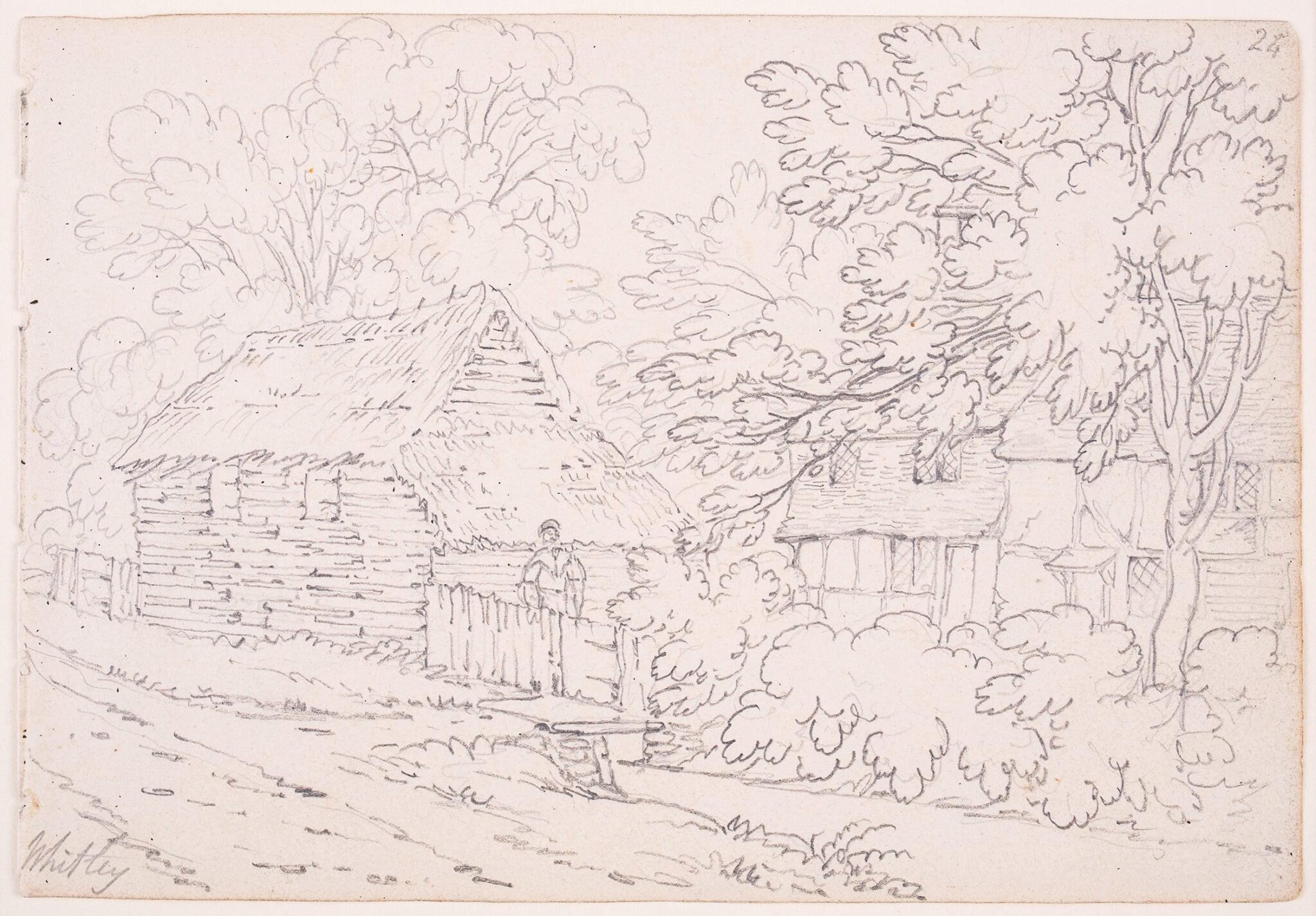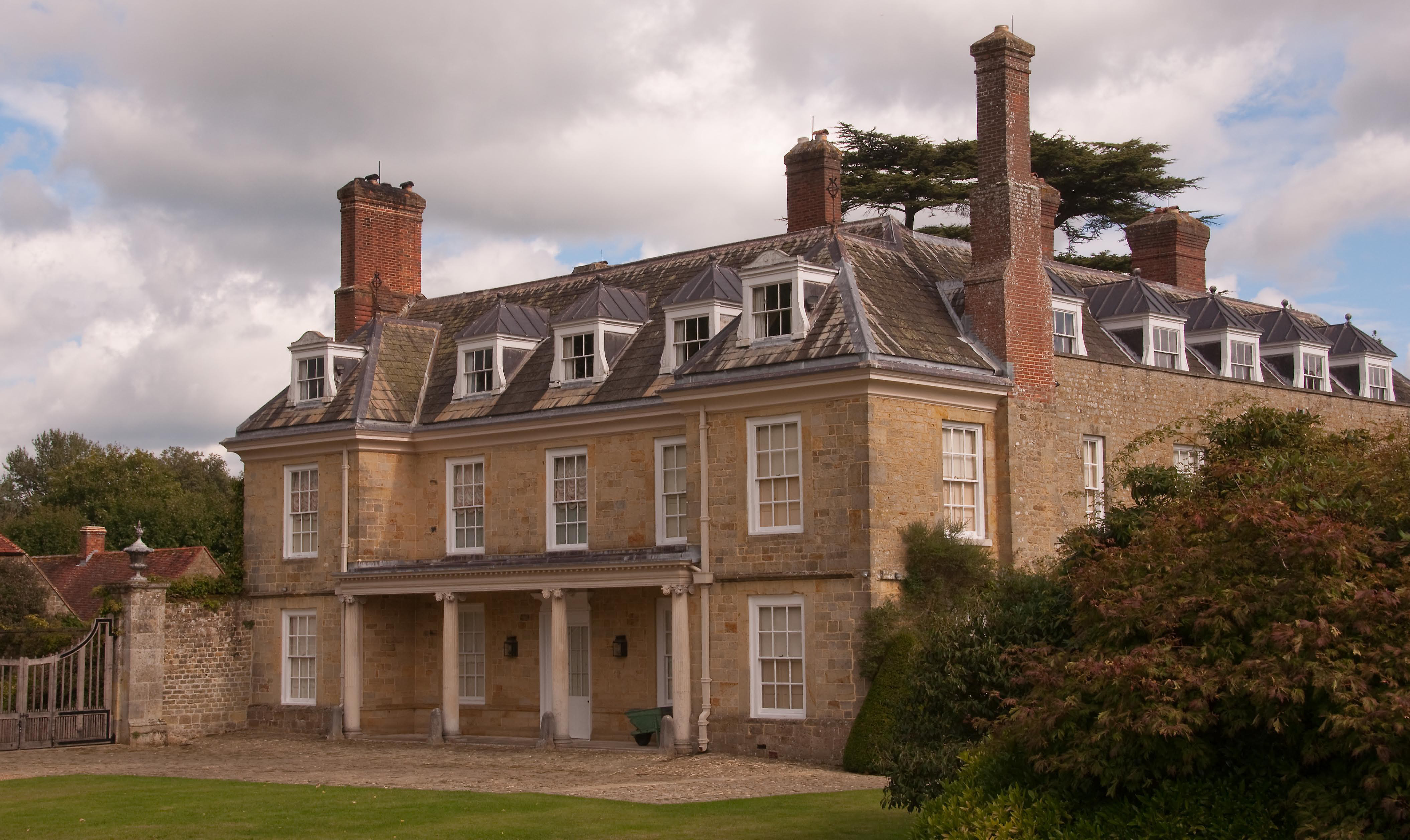|
Haste Hill
Haste Hill is a hill near Haslemere, Surrey in England which was probably the original settlement of the town of Haslemere. It was used as the site of a semaphore station in the nineteenth century. Haste Hill is south-east of the present town of Haslemere and consists of of mixed woodland with a pond and has a viewpoint looking over the Weald to the northeast. In the 14th century, Haste Hill, also called East Hill, was the main settlement at Haslemere and there may have been a church as there were references on the site to "Churchliten field" and the "Old church-yard" of Haslemere. An Admiralty Telegraph Station was built on Haste Hill in 1821 on part of some enclosures called Jackman's Fields. The building was of a bungalow style with the semaphore above the operating room and it was part of the semaphore line from London to Portsmouth from 1822 to 1847. The Admiralty sold the site in 1849 after the line closed, and the building underwent various additions and alterat ... [...More Info...] [...Related Items...] OR: [Wikipedia] [Google] [Baidu] |
Haslemere
The town of Haslemere () and the villages of Shottermill and Grayswood are in south west Surrey, England, around south west of London. Together with the settlements of Hindhead and Beacon Hill, they comprise the civil parish of Haslemere in the Borough of Waverley. The tripoint between the counties of Surrey, Hampshire and West Sussex is at the west end of Shottermill. Much of the civil parish is in the catchment area of the south branch of the River Wey, which rises on Blackdown in West Sussex. The urban areas of Haslemere and Shottermill are concentrated along the valleys of the young river and its tributaries, and many of the local roads are narrow and steep. The National Trust is a major landowner in the civil parish and its properties include Swan Barn Farm. The Surrey Hills Area of Outstanding Natural Beauty is to the north of the town and the South Downs National Park is to the south. Haslemere is thought to have originated as a planned town in the 12th century ... [...More Info...] [...Related Items...] OR: [Wikipedia] [Google] [Baidu] |
Surrey
Surrey () is a ceremonial county, ceremonial and non-metropolitan county, non-metropolitan counties of England, county in South East England, bordering Greater London to the south west. Surrey has a large rural area, and several significant urban areas, urban areas which form part of the Greater London Built-up Area. With a population of approximately 1.2 million people, Surrey is the 12th-most populous county in England. The most populated town in Surrey is Woking, followed by Guildford. The county is divided into eleven districts with borough status. Between 1893 and 2020, Surrey County Council was headquartered at County Hall, Kingston upon Thames, County Hall, Kingston-upon-Thames (now part of Greater London) but is now based at Woodhatch Place, Reigate. In the 20th century several alterations were made to Surrey's borders, with territory ceded to Greater London upon its creation and some gained from the abolition of Middlesex. Surrey is bordered by Greater London to ... [...More Info...] [...Related Items...] OR: [Wikipedia] [Google] [Baidu] |
Semaphore Line
An optical telegraph is a line of stations, typically towers, for the purpose of conveying textual information by means of visual signals. There are two main types of such systems; the semaphore telegraph which uses pivoted indicator arms and conveys information according to the direction the indicators point, and the shutter telegraph which uses panels that can be rotated to block or pass the light from the sky behind to convey information. The most widely used system was invented in 1792 in France by Claude Chappe, and was popular in the late eighteenth to early nineteenth centuries. This system is often referred to as ''semaphore'' without qualification. Lines of relay towers with a semaphore rig at the top were built within line of sight of each other, at separations of . Operators at each tower would watch the neighboring tower through a telescope, and when the semaphore arms began to move spelling out a message, they would pass the message on to the next tower. This sy ... [...More Info...] [...Related Items...] OR: [Wikipedia] [Google] [Baidu] |
World War II
World War II or the Second World War, often abbreviated as WWII or WW2, was a world war that lasted from 1939 to 1945. It involved the vast majority of the world's countries—including all of the great powers—forming two opposing military alliances: the Allies and the Axis powers. World War II was a total war that directly involved more than 100 million personnel from more than 30 countries. The major participants in the war threw their entire economic, industrial, and scientific capabilities behind the war effort, blurring the distinction between civilian and military resources. Aircraft played a major role in the conflict, enabling the strategic bombing of population centres and deploying the only two nuclear weapons ever used in war. World War II was by far the deadliest conflict in human history; it resulted in 70 to 85 million fatalities, mostly among civilians. Tens of millions died due to genocides (including the Holocaust), starvation, massa ... [...More Info...] [...Related Items...] OR: [Wikipedia] [Google] [Baidu] |
HMS Mercury (shore Establishment)
HMS ''Mercury'' was a shore establishment of the Royal Navy, and the site of the Royal Navy Signals School and Combined Signals School. There was also a subsidiary branch, HMS ''Mercury II''. Establishment and history The school was established at Leydene House, East Meon, near Petersfield, Hampshire, England and was commissioned as HMS ''Mercury'' on 16 August 1941 under the command of Captain Gerald Warner.Kent, Captain Barrie; Signal! A history of signalling in the Royal Navy; Hyden House Limited, 1993 A signalling school had been established at HM Barracks, Portsmouth in 1904 and was transferred to Petersfield during the Second World War. Extensions were also established at a number of other sites, including Bristol, Cambridge and Liss. In November 1943 a wireless telegraphy school was established at St. Bede's Prep School, Eastbourne, and a WRNS training establishment at Soberton Towers. The base went on to house both the Communications and Navigations faculties of t ... [...More Info...] [...Related Items...] OR: [Wikipedia] [Google] [Baidu] |
Semaphore Line
An optical telegraph is a line of stations, typically towers, for the purpose of conveying textual information by means of visual signals. There are two main types of such systems; the semaphore telegraph which uses pivoted indicator arms and conveys information according to the direction the indicators point, and the shutter telegraph which uses panels that can be rotated to block or pass the light from the sky behind to convey information. The most widely used system was invented in 1792 in France by Claude Chappe, and was popular in the late eighteenth to early nineteenth centuries. This system is often referred to as ''semaphore'' without qualification. Lines of relay towers with a semaphore rig at the top were built within line of sight of each other, at separations of . Operators at each tower would watch the neighboring tower through a telescope, and when the semaphore arms began to move spelling out a message, they would pass the message on to the next tower. This sy ... [...More Info...] [...Related Items...] OR: [Wikipedia] [Google] [Baidu] |
Witley
Witley is a village and civil parish in the Borough of Waverley in Surrey, England centred south west of the town of Godalming and southwest of Guildford. The land is a mixture of rural (ranging from woodland protected by the Surrey Hills AONB including a small part of the forested Greensand Ridge to cultivated fields) contrasting with elements more closely resembling a suburban satellite village. As a civil parish it is unusual in that it includes the small town of Milford in the north. Occupying its hills in the south-west are Sandhills and Brook. Witley Common is a wide expanse of land, owned by the National Trust, crossed by the A3 road. The village is served by two stations on the Portsmouth Direct Line: Witley station, to the south in nearby Wormley, and, to the north, Milford station, which is more or less equidistant between Milford and Witley. Its church dates to the pre-Norman Conquest period of the Kingdom of England. The village has the private sector, ... [...More Info...] [...Related Items...] OR: [Wikipedia] [Google] [Baidu] |
Holder Hill
Woolbeding is a village and ecclesiastical parish in the District of Chichester in West Sussex, England, north-west of Midhurst and north of the River Rother and A272 road. The civil parish of Woolbeding with Redford has a land area of . The 2001 census recorded 158 people living in 70 households, of whom 83 were economically active. History Woolbeding was listed in the Domesday Book (1086) in the ancient hundred of Easebourne as having 24 households: 14 villagers, 5 smallholders and five slaves; with woodland, ploughing land, meadows, a mill and church, it had a value to the lord of the manor of £6. Woolbeding Bridge across the River Rother is a medieval one, with three arches and two cutwaters. The large 18th century country house, Woolbeding House, is a Grade I listed building. It was the home of the late Simon Sainsbury of the Sainsbury supermarket family. The National Trust owns the Woolbeding Estate, which includes Woolbeding and Pound Commons which are Sites ... [...More Info...] [...Related Items...] OR: [Wikipedia] [Google] [Baidu] |
Hills Of Surrey
A hill is a landform that extends above the surrounding terrain. It often has a distinct summit. Terminology The distinction between a hill and a mountain is unclear and largely subjective, but a hill is universally considered to be not as tall, or as steep as a mountain. Geographers historically regarded mountains as hills greater than above sea level, which formed the basis of the plot of the 1995 film ''The Englishman who Went up a Hill but Came down a Mountain''. In contrast, hillwalkers have tended to regard mountains as peaks above sea level. The ''Oxford English Dictionary'' also suggests a limit of and Whittow states "Some authorities regard eminences above as mountains, those below being referred to as hills." Today, a mountain is usually defined in the UK and Ireland as any summit at least high, while the official UK government's definition of a mountain is a summit of or higher. Some definitions include a topographical prominence requirement, typically o ... [...More Info...] [...Related Items...] OR: [Wikipedia] [Google] [Baidu] |






